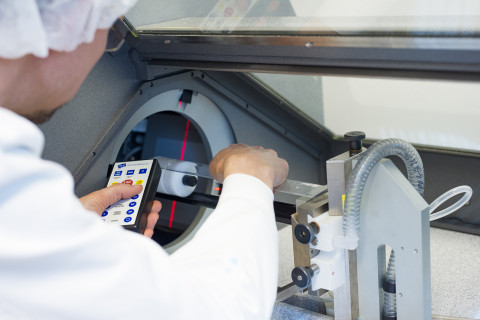In his doctoral thesis, Petteri Stenroos, MSc, evaluated the effects of different anaesthetics on rat brain connectivity and developed functional magnetic resonance imaging techniques for use in awake animals. The public examination will be held online on 23 October 2020 starting at 12 noon.
Functional magnetic resonance imaging (fMRI) is a versatile non-invasive imaging tool for measuring whole-brain function both in response to a stimulus or at rest. Via neurovascular coupling, resting-state functional magnetic imaging makes it possible to detect synchronized neuronal activity between brain regions which can be thought to collectively form resting-state networks. Altered network activity, in disease or disorders can be effectively studied in preclinical fMRI settings by using animal models.
Anaesthesia extensively modulates resting-state connectivity, preventing the effective transfer of information between several brain regions. In this study, the direct effects of six anaesthetics on rat brain resting-state connectivity were evaluated and compared to connectivity measured in the awake state. The results suggest that connectivity measured during propofol and urethane anaesthesia most resembled the connectivity measured in the awake state; in contrast, the connectivity measured in the presence of isoflurane and medetomidine least resembled the connectivity measured in the awake state. The long-term effects of isoflurane anaesthesia on functional connectivity were also evaluated. After one month from the initial single 3h exposure, strengthened functional connectivity between thalamo-cortical and hippocampal-cortical connections was found, suggesting isoflurane evoked brain plasticity.
Awake resting-state fMRI provides inferences about the intrinsic and spontaneous brain activities, e.g. cognition and memory, which are generally suppressed by anaesthetics. The translational value of preclinical fMRI can be increased by utilizing awake animals. In this study, novel awake rat fMRI protocols and imaging techniques were developed and validated. A novel and freely available 3D-printable restraint kit was developed which allowed relatively stress-free imaging of fully awake rats after a short habituation period. Based on the measured corticosterone level, heart rate and movement, rats were able to adapt to the imaging environment within four days. Functional imaging with the standard echo planar imaging technique was also compared with a recently developed Multi-band SWeep Imaging with a Fourier Transformation (MB-SWIFT) imaging technique. MB-SWIFT was demonstrated to be more suitable for awake rat imaging, causing less animal motion and being less sensitive to body motion related image artefacts.
In summary, the results emerging from this thesis improve preclinical fMRI methodologies by introducing optimized resting-state fMRI protocols for use in either awake or anaesthetized rats. These results can increase the translational value of preclinical fMRI in the future.
The doctoral dissertation of Petteri Stenroos, Master of Science, entitled Functional magnetic resonance imaging of the brain in anaesthetized and awake rats, will be examined at the Faculty of Health Sciences. The Opponent in the public examination will be Professor Cornelius Faber of the University of Münster, Germany, and the Custos will be Professor Olli Gröhn of the University of Eastern Finland. The public examination will be held in English.
Photo available for download at https://mediabank.uef.fi/A/UEF+Media+Bank/37791?encoding=UTF-8


